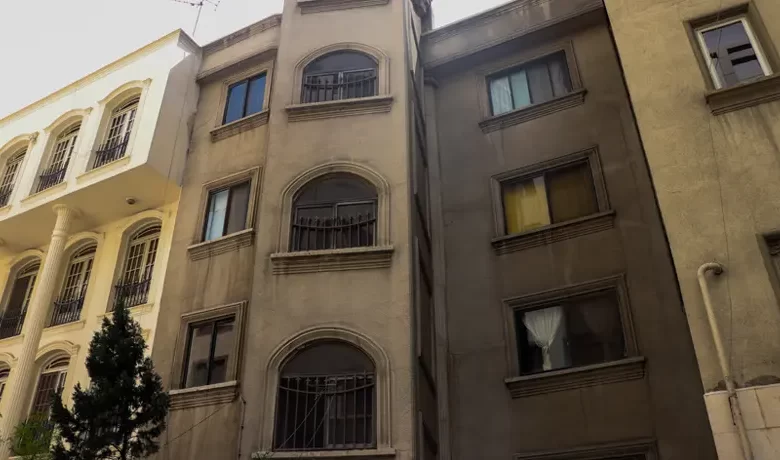Half of Iran’s people are in housing poverty/ Why are families deprived of a suitable house?

According to Tejarat News, the latest statistics on housing in the country show the critical housing situation among half of Iranians.
Housing poverty in the world is defined by two indicators, and its natural rate is at most 20% of a country’s population; In Iran, however, this rate has gone up to 2.7 times the global rate. The research arm of the parliament considers rescuing the country from the high rate of housing poverty in “controlling inflation” as the first step and “the government’s attention to the successful model of providing housing in the world” as a complementary step.
Half of the country’s people are in housing poverty
The results of a new study conducted by the Majlis Research Center show that the rate of poor housing in the country has reached 55%, which is the highest level of housing poverty compared to previous years. According to this study, which was carried out by the research arm of the parliament, entitled “The performance of the laws of the sixth five-year development plan in the area of providing housing for low-income groups”, 55% of Iranian households are deprived of suitable housing.
In the report of the Majlis Research Center, it was reported that 55% of Iranian households did not have access to affordable housing in 1400, as previous statistics show, housing poverty in 1400 set a record, or in other words, inflationary doping. Housing poverty or deprivation of households from access to affordable and suitable housing in 2018 was equal to 24% of all Iranian households; This amount was equal to 33% of households at the beginning of the 90s, in the middle of the housing price jump, it was equal to 36% in 1998 and increased to 55% in 1400. This means that more than half of the Iranian households do not have access to suitable and affordable housing that costs less than 30% of the total household cost.
Important factors in increasing inflation in housing
Investigations show that at least two important factors have played a role in the inflationary doping of housing poverty and the record level of deprivation of households from access to suitable housing. These two groups of factors, in the role of accomplices to the jump in housing prices, have been responsible for the increase in housing poverty to 55% of all households in 1400 and the significant growth of the number of households suffering from this poverty. The first factor is “inflation and instability in economic variables” and the second factor is considered to be “implementation of incorrect and practically failed policies in providing affordable housing for all households in need of housing in recent years”. The report of the Majlis Research Center states: “In recent years, high inflation and instability in macroeconomic variables have been the most important obstacles to policy making in this area.
Support programs for housing construction
On the other hand, “limiting housing support programs to housing construction” is one of the reasons for the unfavorable performance in this area. The high cost of land and the construction of a residential unit, especially in urban areas, makes the relevant credits reach only a small part of the target community. Also, the construction of housing and the complete transfer of its ownership to the consumer increases the motivation for housing resale and speculation of these units, and people outside the target groups of this policy (the needy and the weak) may be in line to receive these facilities with profit-seeking motives. If there are other global experiences in the field of housing financing for the disadvantaged (except housing construction), such as housing deposit assistance and social rented housing, which can be studied and reviewed.
The content of this report reports on the increase in housing poverty between 1996 and 1400, i.e. during the implementation of the 6th Development Plan, which happens to be in these years and by virtue of the 6th Plan, the government is obliged to reduce poverty and inequality in the housing market, especially for low-income groups. Was. According to the sixth development plan, the government was obliged to provide and build one million and 750 thousand urban and rural housing units for low-income groups, but statistics show that only 21% of this plan was finally realized.
According to this report, with this performance, the welfare of low-income households has been severely affected and declined, and housing policies have been largely ineffective. Meanwhile, the first step to solve the housing crisis is to curb inflation and stabilize the economy and then apply effective policies to implement social housing programs, especially rental housing.
Source: the world of economy

